YEREVAN — The Armenian Genealogy Conference (AGC) held its fifth annual meeting from September 24-25 at the American University of Armenia (AUA). The weekend began with a book presentation by AUA President Emeritus and founding dean of the Turpanjian College of Health Sciences Dr. Haroutune Armenian. Epidemics and Mortality in the Parish Records of Diasporan Armenian Churches (1732-1982) reveals a number of breakthrough findings from Dr. Armenian’s epidemiological analysis of data taken from church parish records of the Armenian populations in 11 countries and extending over a period of 250 years.
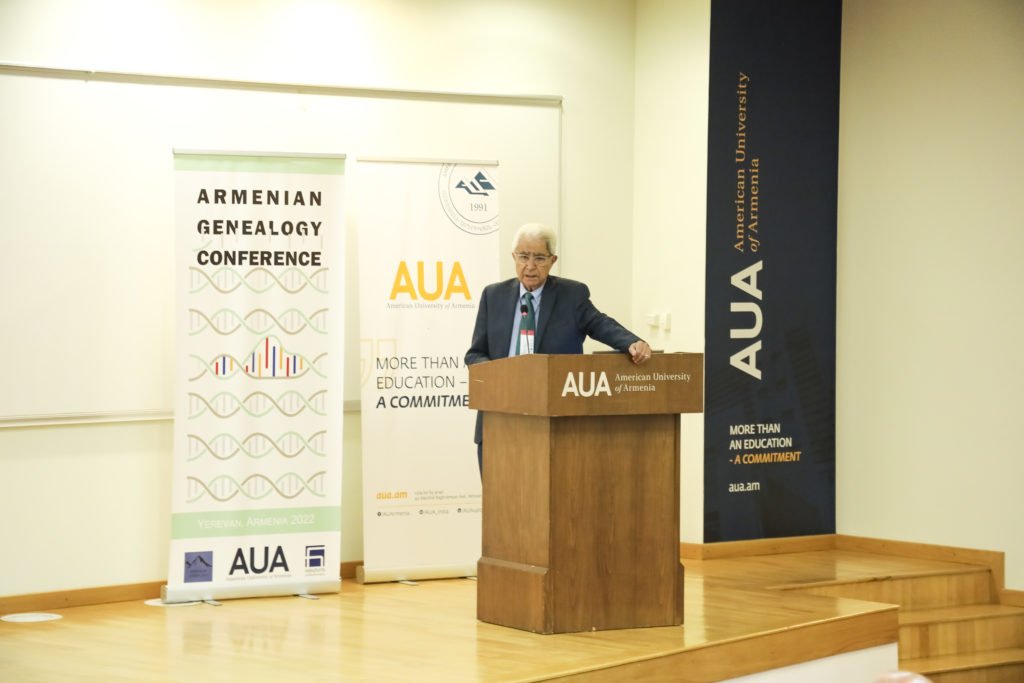
On Saturday, after welcoming remarks by AGC founder George Aghjayan and AUA Dean of General Education Sharistan Melkonian, the conference opened with Dr. Armenian’s introduction of the story behind retrieving Armenian church records from the Church of Latter Day Saints (LDS) Family History Library and the significance of their usage in epidemiological studies. Dr. Armenian’s presentation detailed mortality trends, episodes of epidemics and the continuing impact of the Genocide on survivors living in refugee camps.

The next presenter was Dr. Rafael Abrahamyan, chairman of the Armenian Historical and Genealogical Society, who spoke on the genealogy of Artsakh. Dr. Abrahamyan explained the available sources and the methodology employed for the examination of the data. He went on to show and discuss images of family trees and Armenian church records obtained from sources throughout Artsakh, which is one of the locations where hereditary nobility was preserved until the 20th century. At the conclusion of his talk, Dr. Abrahamyan gave a copy of the inaugural issue of Armenian Genealogy, the first journal devoted to Armenian genealogy, to AUA’s AGBU Papazian Library.

Dr. Levon Yepiskoposyan, head of the Laboratory of Ethnogenomics at the Institute of Molecular Biology of the National Academy of Sciences of the Republic of Armenia, spoke about the extensive work he is leading to create a genetic atlas of historical Armenia.
Dr. Sonya Mirzoyan, former director of the National Archives of Armenia, closed Saturday morning’s session with an overview of the genealogical resources available in the Armenian National Archives. She discussed the Armenian church metric books and census material, as well as family genealogies available in the archives.
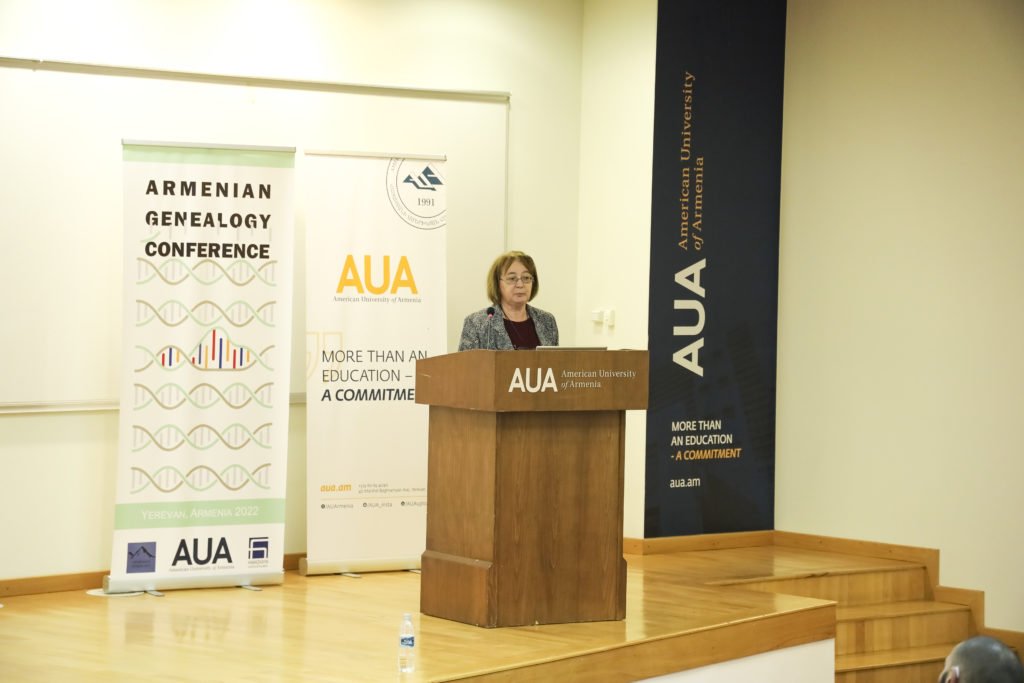
On Saturday afternoon, Dr. Anahit Grigoryan, director of the State Archives of Artsakh, offered an in-depth look at the resources available for genealogical research. The destruction of Armenian cultural sites during and after the end of the 2020 war made Dr. Grigoryan’s presentation even more relevant. The preservation and maintenance of these records are critical to documenting the historical Armenian presence in Artsakh.
Aghjayan closed out Saturday with his presentation about genealogical resources of Armenians living in Turkey and of individuals whose ancestors came from various regions of Turkey. He enumerated Ottoman resources, Armenian church records, Armenian memory books and family history reports available to citizens of Turkey through their government’s eDevlet system.
Sunday morning’s session opened with Dr. Panov Dmitri Arkadievich, chief of research and genealogical study at DST Kristian (the House of Family Tradition), presenting on Armenian genealogical research available in Russian archives. He explained the vital importance of church records as well as business directories and land records covering a broad geographic region to which Armenians migrated for centuries.
Presentations by Dr. Tigran Matosyan and Andranik Nahapetyan offered important narrative context. Dr. Matoysan, an assistant professor at AUA, discussed the pattern of giving names to children born in the city of Van. Throughout the 19th and 20th centuries, the Armenians of Van showed a proclivity for homonyms when naming their children, a practice that took many forms, some not so obvious.
Nahapetyan, an independent researcher and member of the Council of Experts of the Southern Federal University, Institute of Sociology and Regional Studies Center for Armenian Studies, spoke of the genealogy and origins of the family of Simon Vratsian, the fourth prime minister of the First Republic of Armenia. He drew on autobiographical memoirs, fieldwork, population censuses, parish registers, reference books and interviews with contemporaries. Nahapetyan also expanded on resources available for Armenians from Nor Nakhichevan.
The conference ended with Aghjayan’s overview of DNA testing and the tools available from companies that offer testing: ancestry.com, 23andMe, FamilyTreeDNA and MyHeritage, as well as the third-party analytical website gedmatch.com. He expounded the importance of DNA testing in the context of Armenian history and how he had located and reconnected with family in Turkey separated during the Genocide. A number of DNA tests donated by AGC were administered to conference attendees.
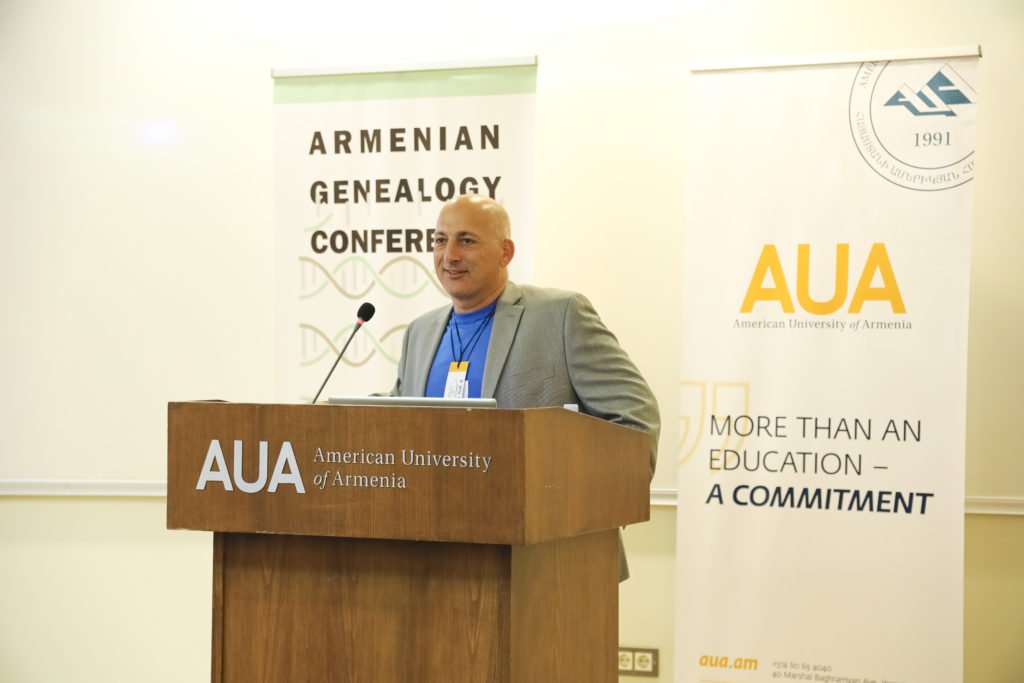
Presentations were made in Armenian, Russian and English, with simultaneous interpretation provided by AUA. All presentations were recorded and will be made available online.
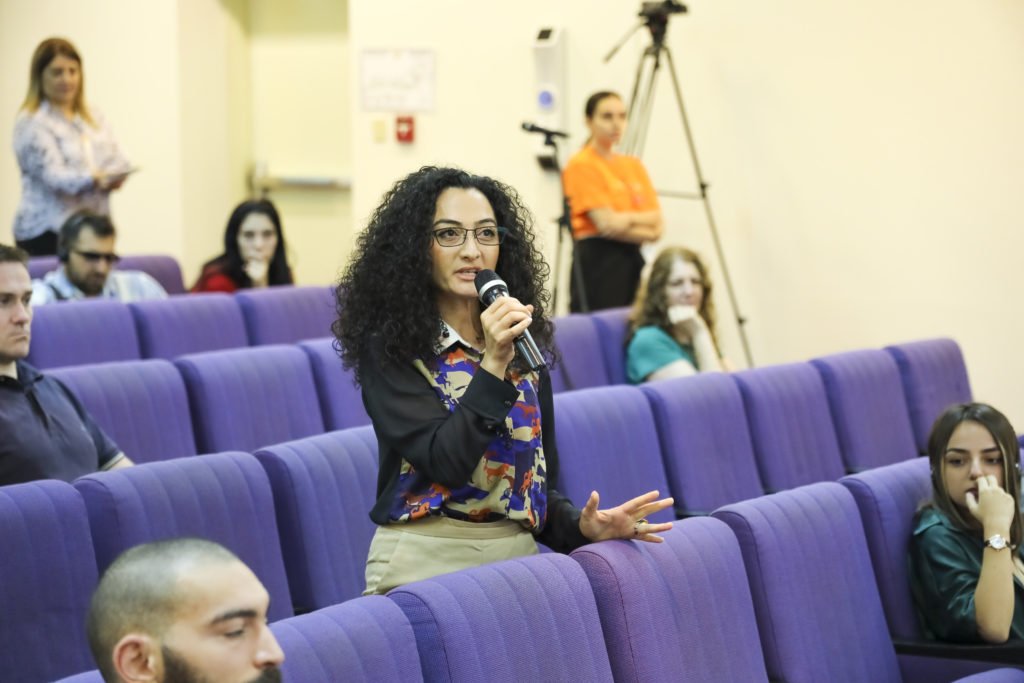
Undergraduate students in Gregory Chahrozian’s genetics course volunteered at the conference, which was organized and cosponsored by AGC, AUA and the Hamazkayin Armenian Educational and Cultural Society.
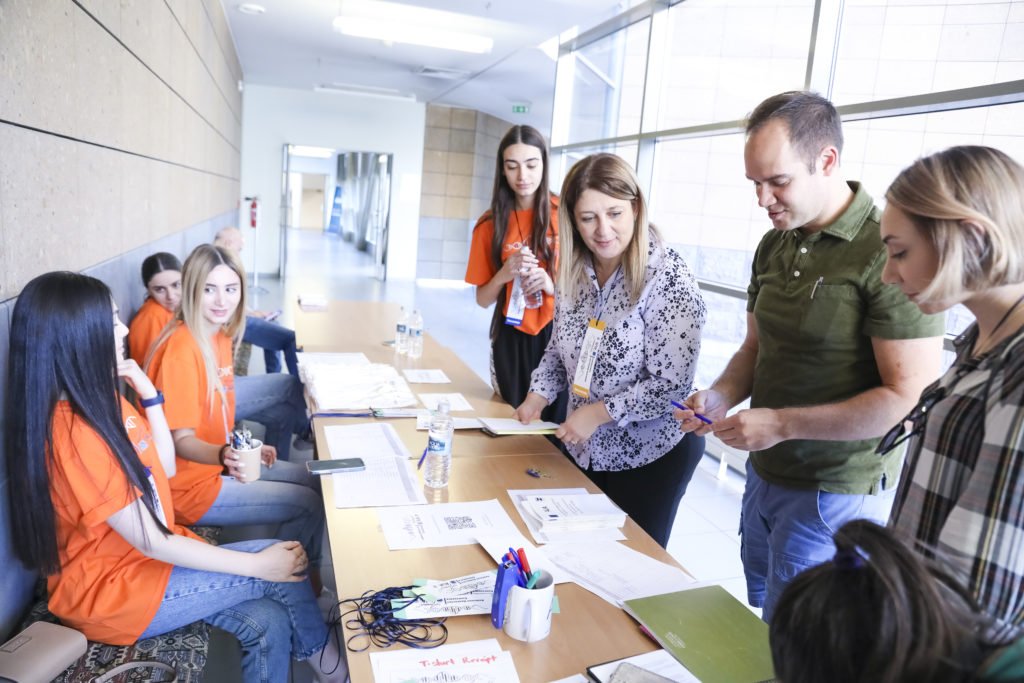



Be the first to comment